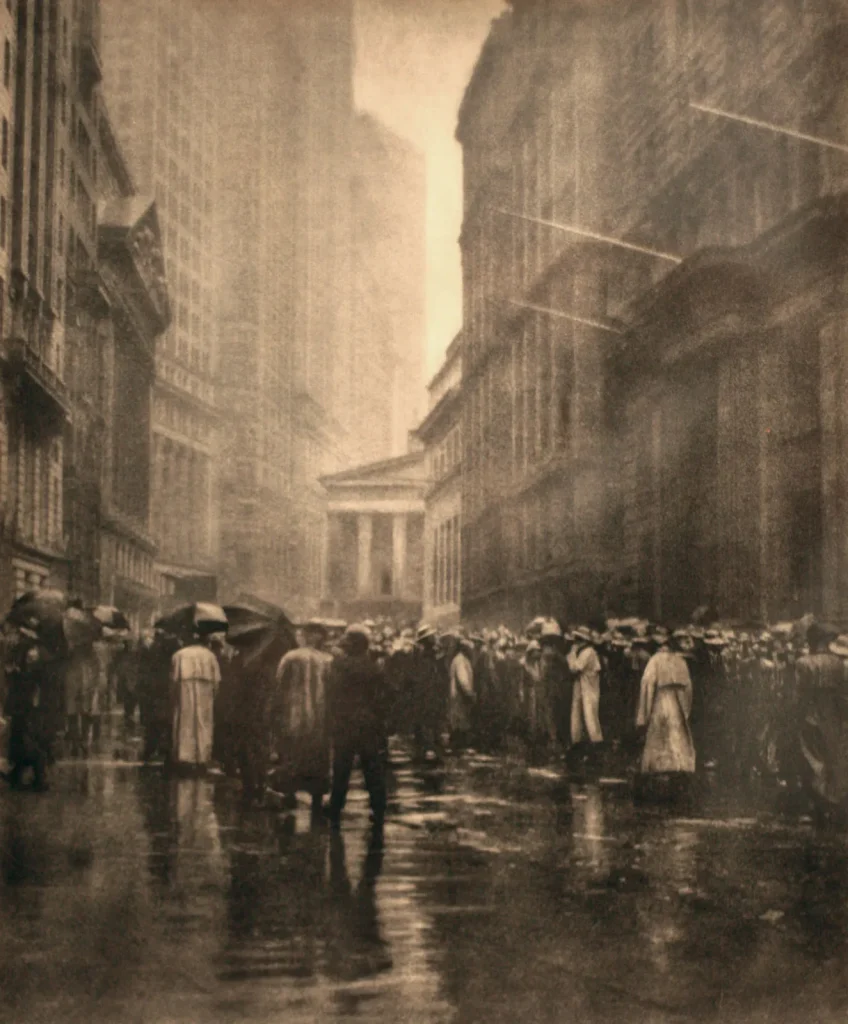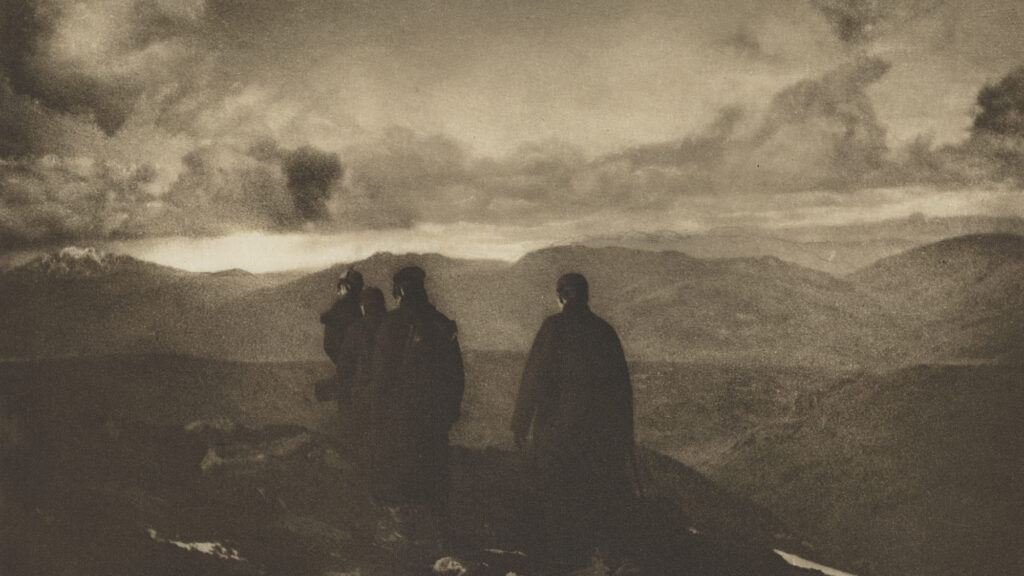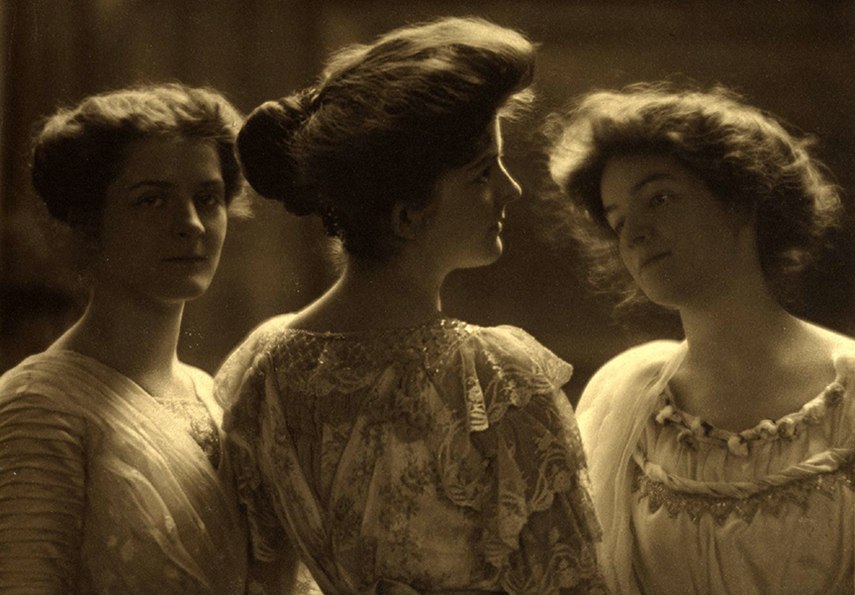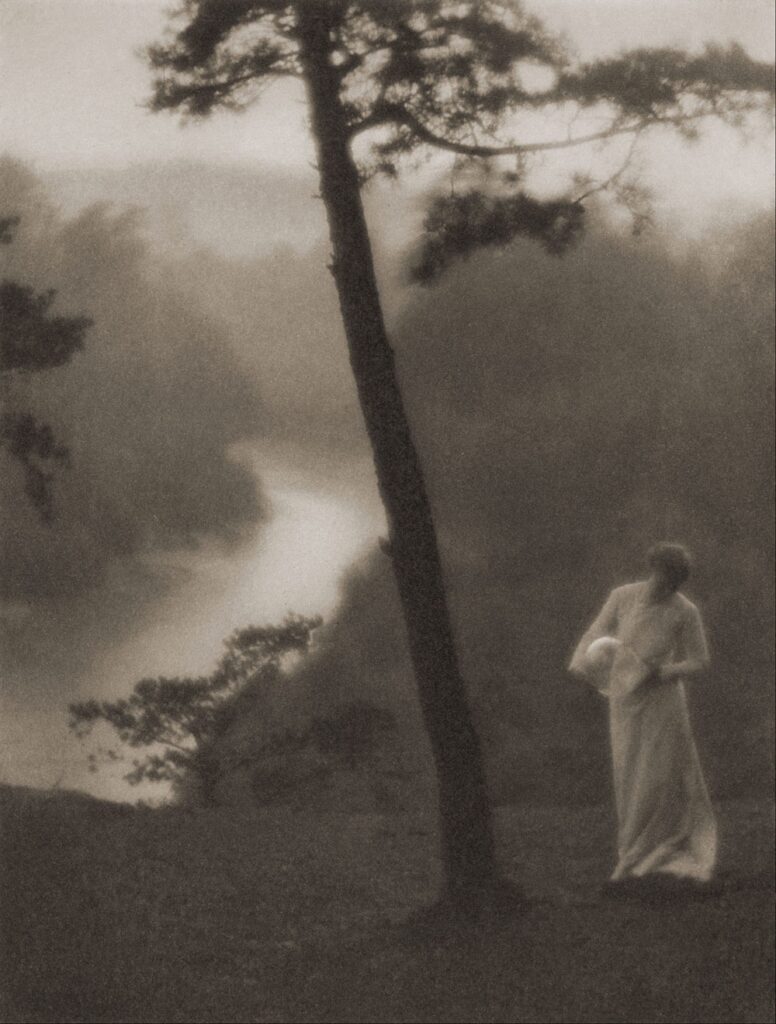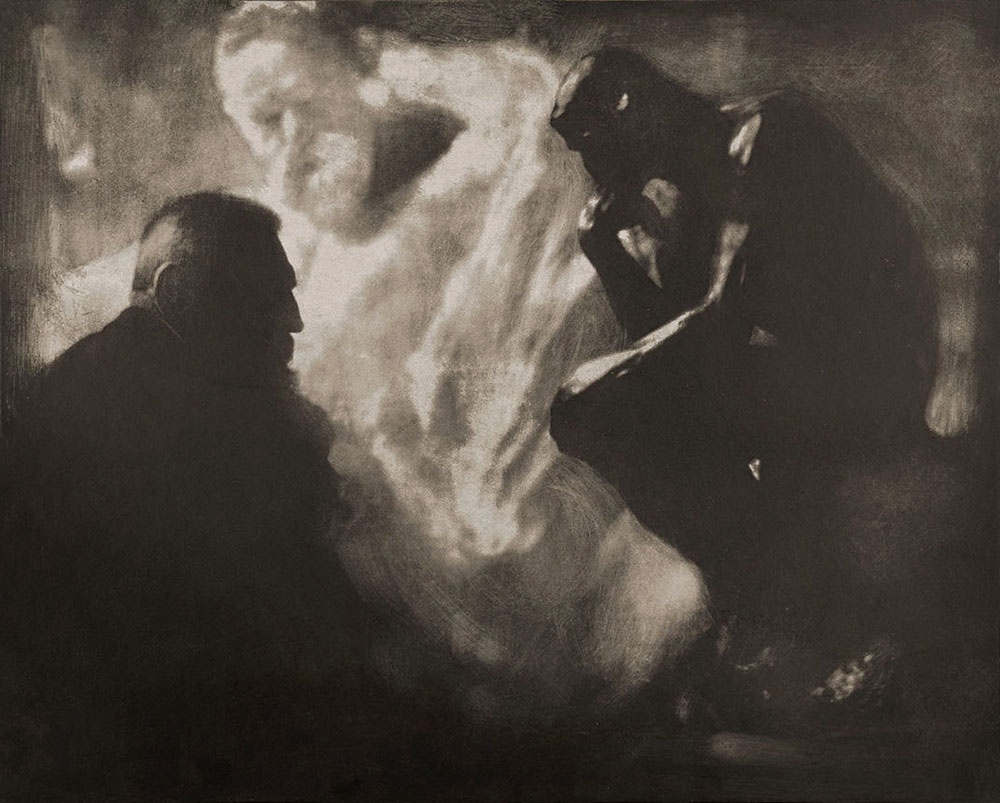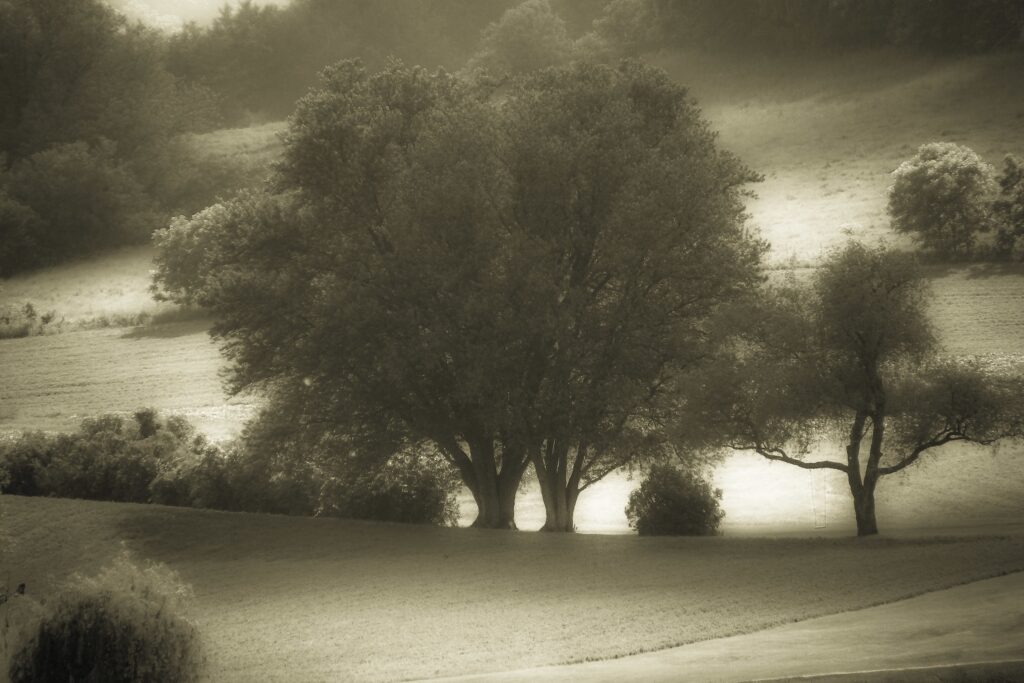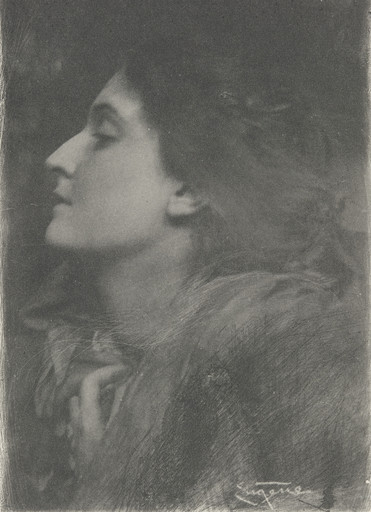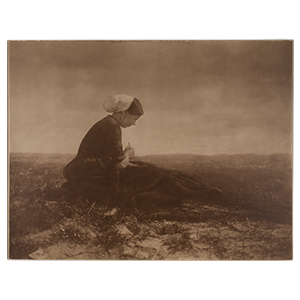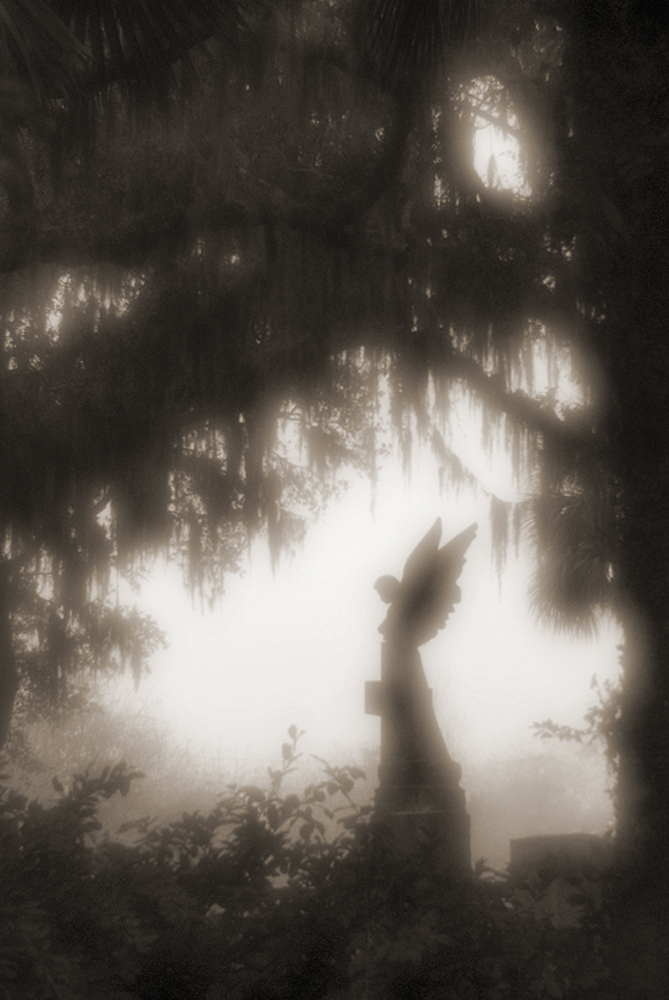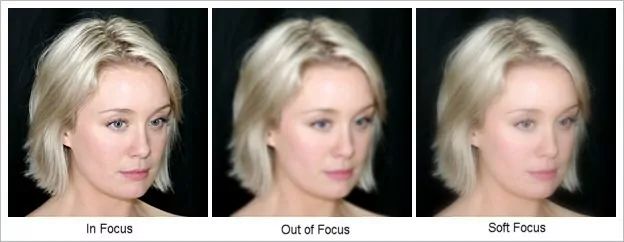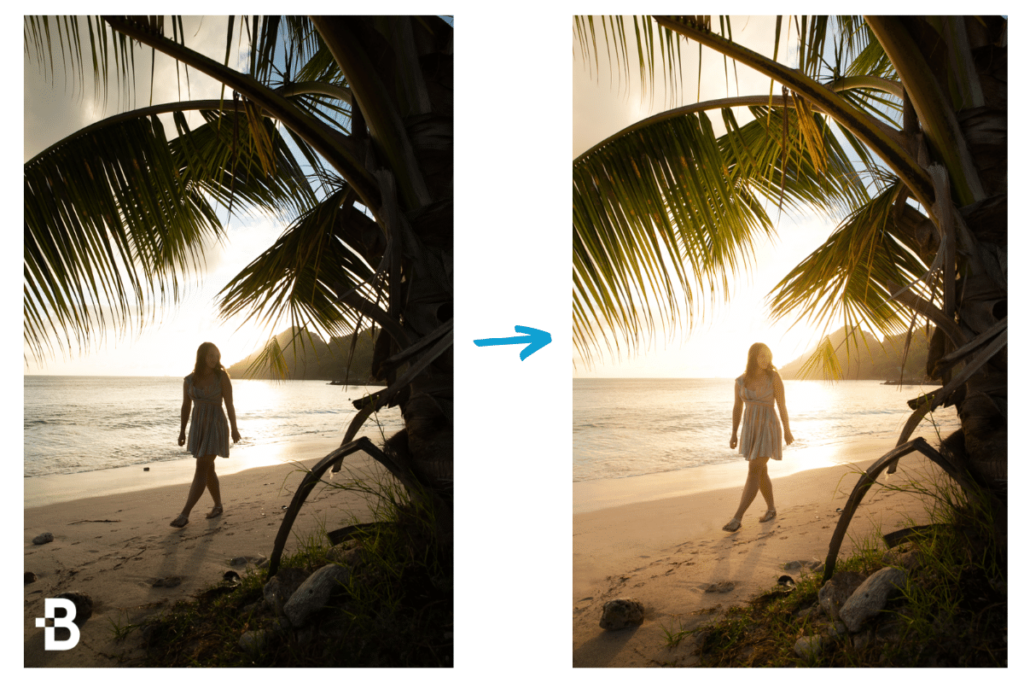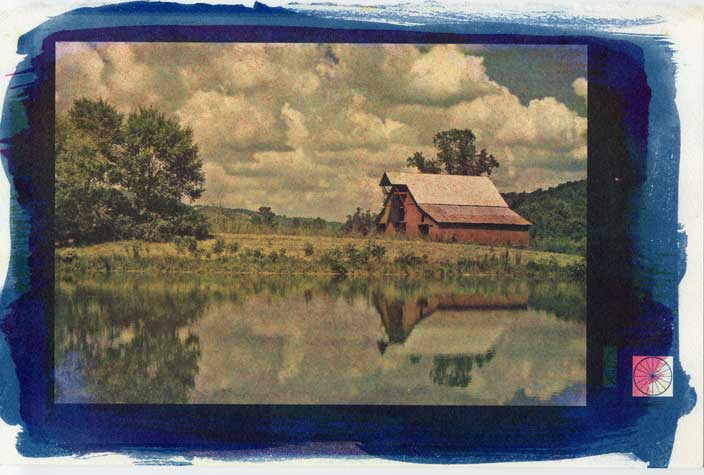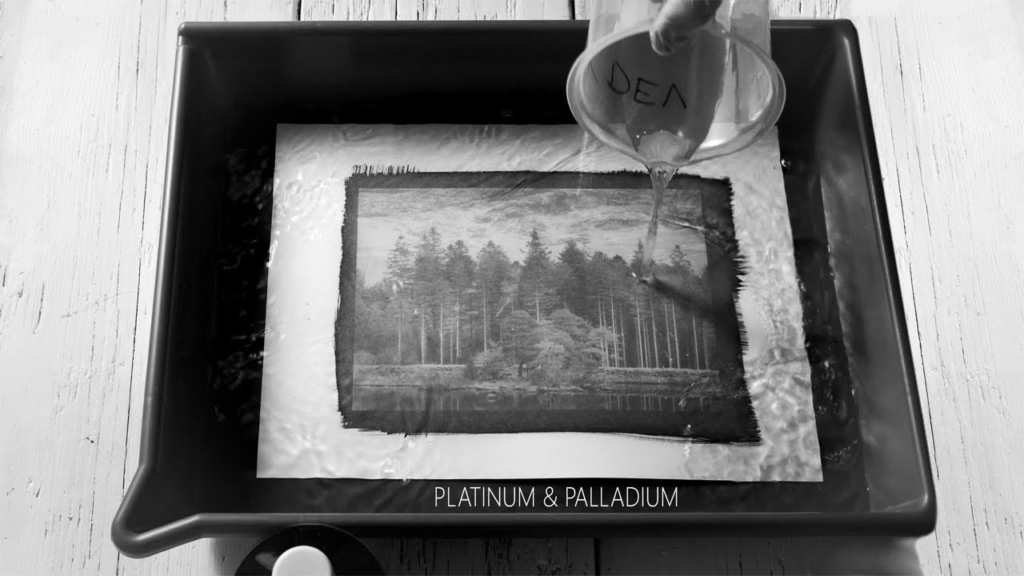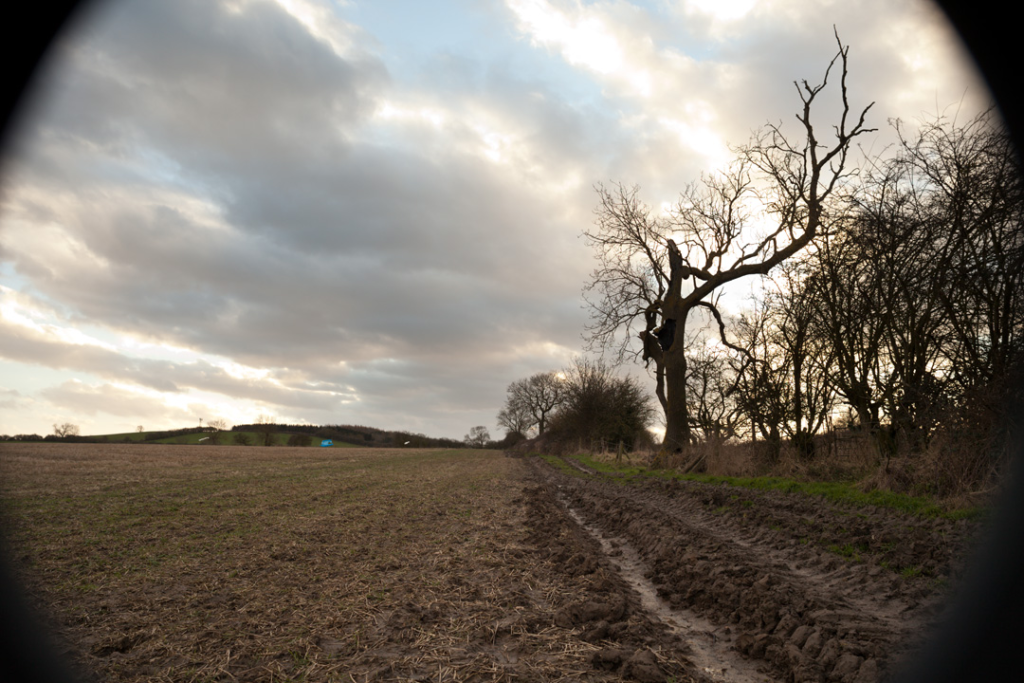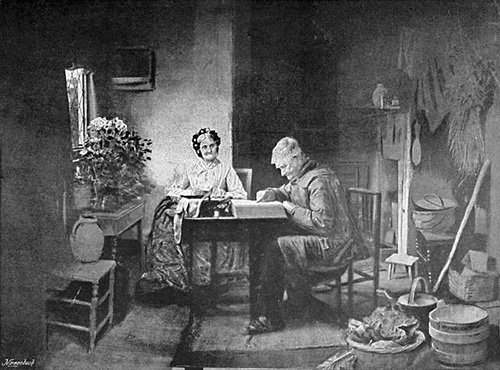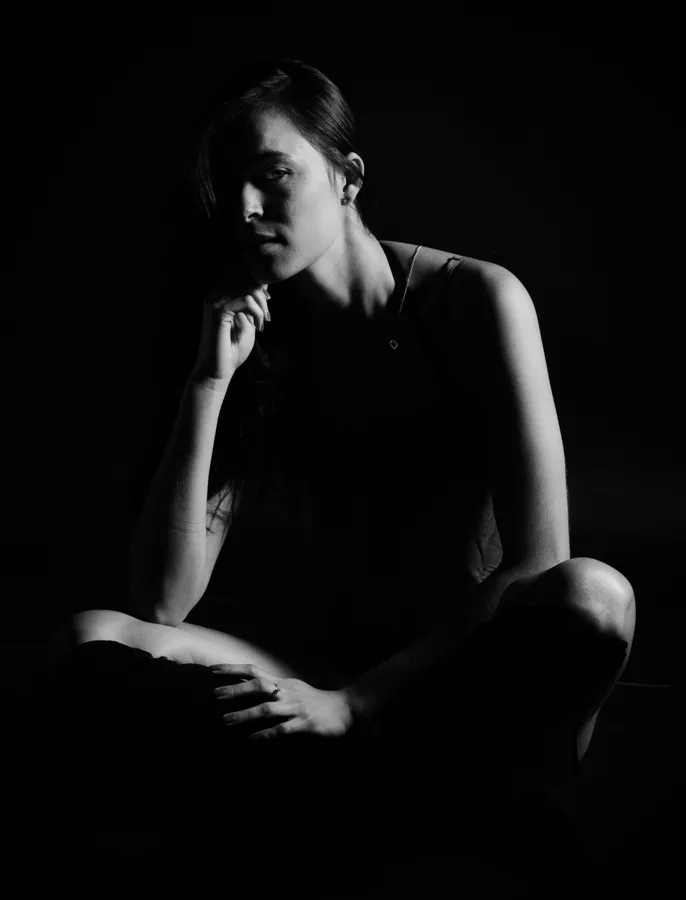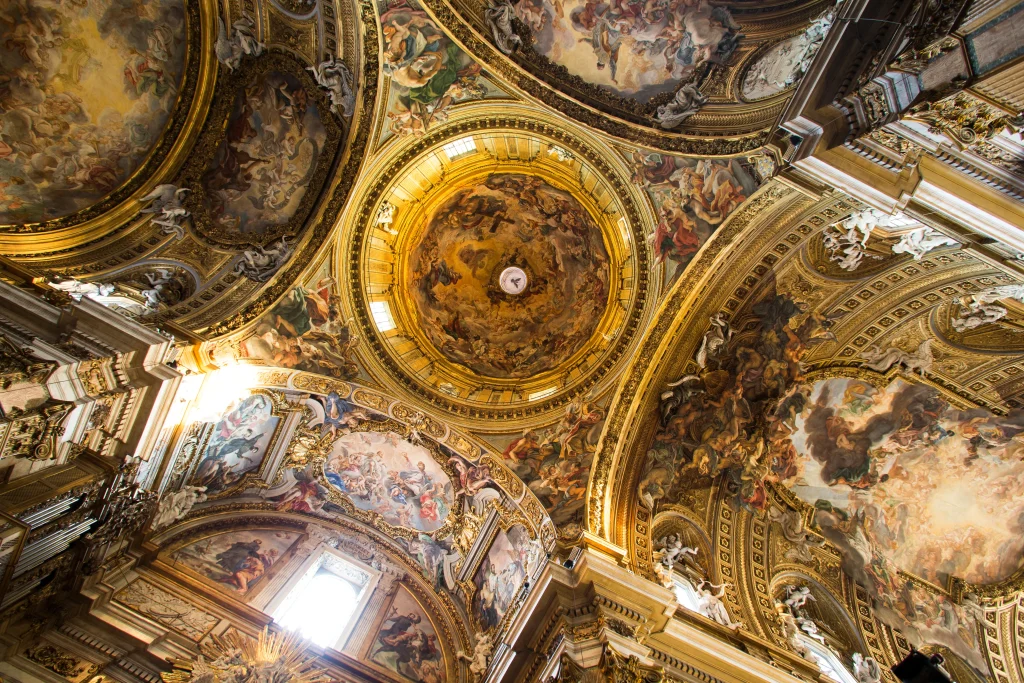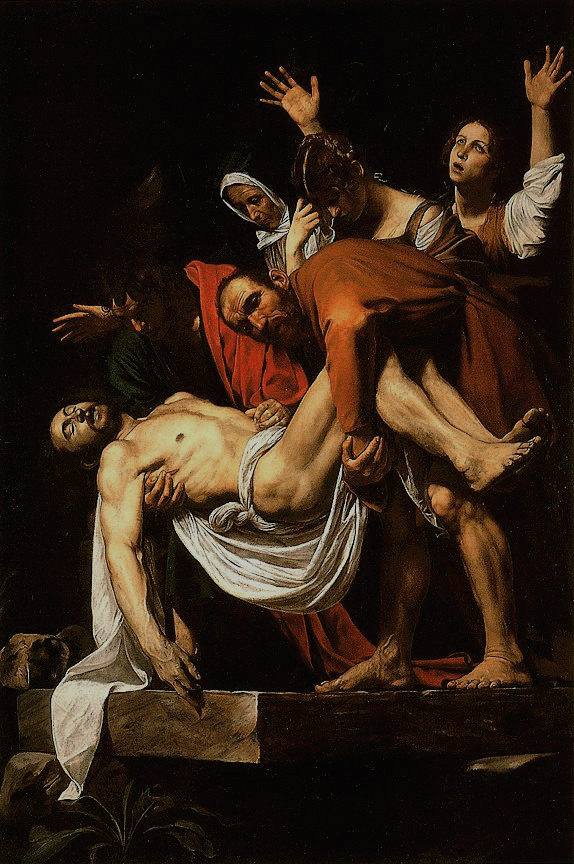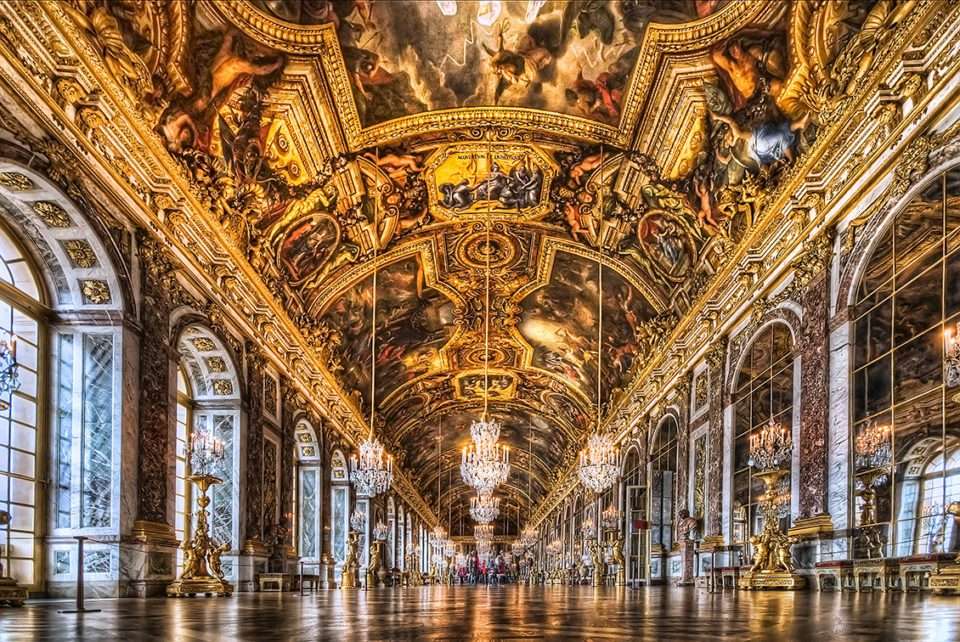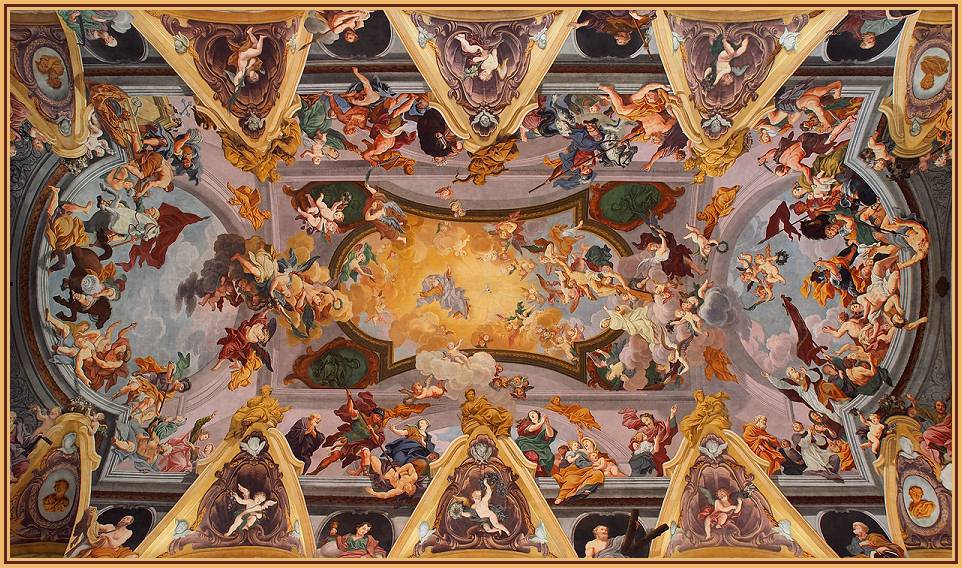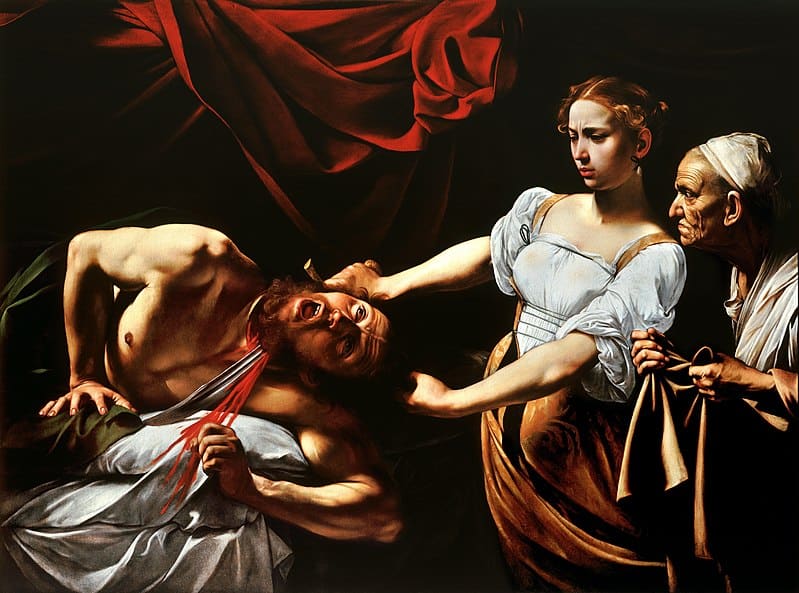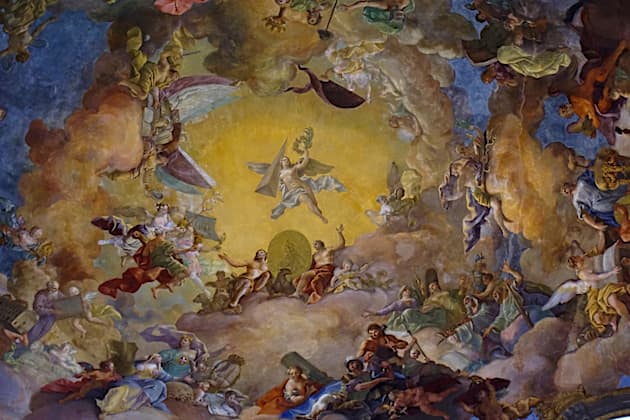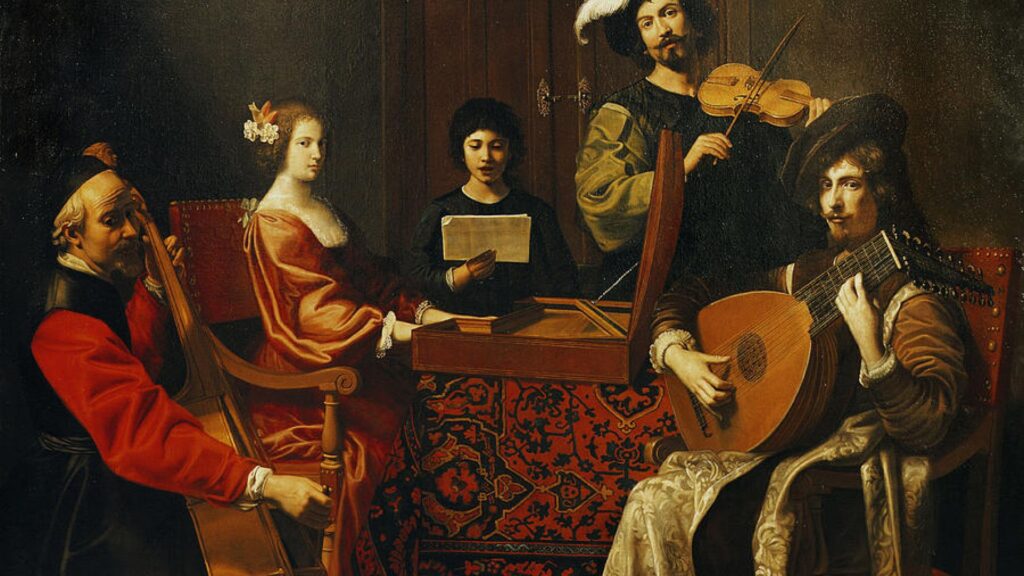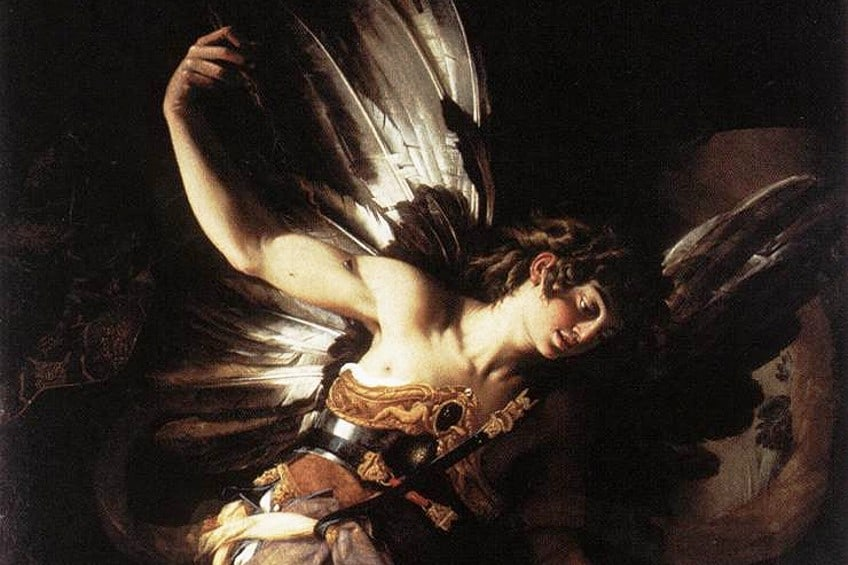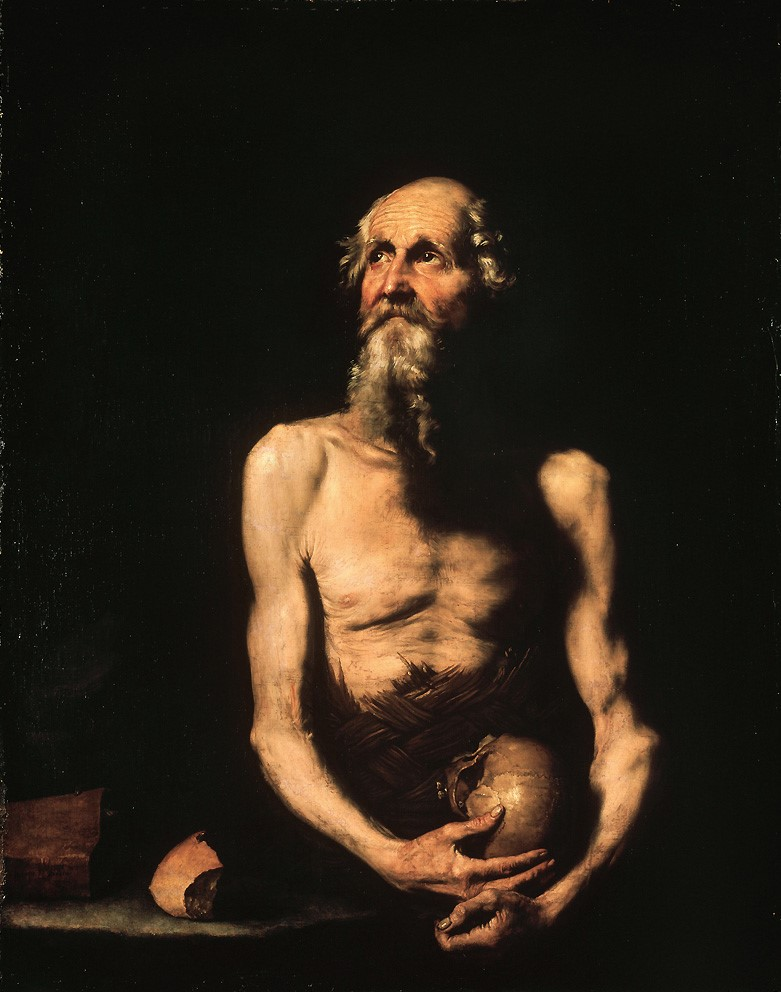What is cubism?
Cubism is an early-20th-century avant-garde art movement begun in Paris that revolutionized painting and the visual arts, and influenced artistic innovations in music, ballet, literature, and architecture.

Why was it so important?
It revolutionized traditional perspectives in art by breaking objects down into geometric shapes and reassembling them in abstract, fragmented compositions. Cubist paintings often depict multiple viewpoints of the same subject simultaneously, rejecting realistic depth and perspective.

What are the two types of cubism?
Analytical Cubism (1907–1912) – More monochromatic, focusing on deconstructing objects into geometric forms and analyzing them from multiple angles.
Synthetic Cubism (1912–1919) – Incorporates collage elements, brighter colors, and simpler shapes.

Who was Georges Braque?

Georges Braque (1882–1963) was a French painter, sculptor, and collagist, best known as the co-founder of Cubism alongside Pablo Picasso. His work played a crucial role in the development of modern art, particularly in how we perceive form and perspective.
- Early Career: Started as a Fauvist, influenced by artists like Henri Matisse, using bright, bold colors.
- Cubism (1907–1914): After seeing Paul Cézanne’s work, he shifted towards geometric abstraction, working closely with Picasso to develop Analytical Cubism (monochromatic, fragmented forms) and later Synthetic Cubism (brighter colors, collage elements).
- Innovations: Introduced collage techniques, incorporating newspaper clippings and textured materials into paintings.
- Later Career: After World War I, he moved towards a more personal, expressive style, focusing on still lifes and landscapes.
- Legacy: His work greatly influenced modern art, paving the way for abstraction.
- Houses at L’Estaque (1908) – One of the first true Cubist paintings.
- Violin and Candlestick (1910) – A prime example of Analytical Cubism.
- Man with a Guitar (1911) – Shows Cubism’s fragmented perspective.
- The Portuguese (1911) – Features stenciled letters, a Cubist innovation.
Who was Pablo Picasso?

Pablo Picasso (1881–1973) was a Spanish painter, sculptor, printmaker, and co-founder of Cubism. He is widely regarded as one of the most influential artists of the 20th century, constantly reinventing artistic styles throughout his long career.
- Early Years: Showed exceptional talent from a young age, attending art schools in Spain before moving to Paris in 1904.
- Blue & Rose Periods (1901–1906): Early works focused on melancholic themes (The Old Guitarist) before transitioning to warmer, circus-inspired paintings (Garçon à la pipe).
- Cubism (1907–1914): Alongside Georges Braque, he pioneered Cubism, breaking objects into geometric forms and multiple perspectives (Les Demoiselles d’Avignon).
- Surrealism & Political Art (1920s–1930s): Explored more abstract and symbolic themes, creating the famous anti-war painting Guernica (1937).
- Later Years (1940s–1973): Continued experimenting with different styles, from ceramics to neoclassical and expressionist paintings.
- Les Demoiselles d’Avignon (1907) – A groundbreaking proto-Cubist painting.
- Guernica (1937) – A powerful anti-war mural depicting the bombing of a Spanish town.
- The Weeping Woman (1937) – A tragic image of suffering, inspired by Guernica.
How did they create cubism?

Cubism was created by Pablo Picasso and Georges Braque between 1907 and 1914 as a radical new way of representing reality. Instead of depicting objects from a single perspective, they broke them down into geometric shapes and showed multiple viewpoints at once. This revolutionized art by rejecting traditional depth, shading, and perspective.
1. Inspiration from Cézanne & African Art (1906–1907)
- Paul Cézanne’s paintings, which simplified objects into geometric shapes, influenced Picasso and Braque.
- Picasso was also inspired by African tribal masks, which had simplified, abstracted human forms.
- This led to Picasso painting Les Demoiselles d’Avignon (1907), a proto-Cubist work that shattered traditional perspective.
2. Analytical Cubism (1908–1912) – Breaking Reality into Fragments
- Objects were broken down into small, overlapping planes and depicted from multiple angles.
- Colors were muted (browns, grays, greens) to focus on form rather than realism.
- Example: The Portuguese (Braque, 1911) – A fragmented figure playing a guitar.
3. Synthetic Cubism (1912–1919) – Adding Collage & Color
- Introduced brighter colors, simpler shapes, and collage elements (e.g., newspaper, wallpaper).
- First use of papier collé (pasted paper), a technique that led to modern collage art.
- Example: Still Life with Chair Caning (Picasso, 1912) – Uses real oilcloth to mimic a chair’s texture.
How Did They Create Cubist Paintings?
- Simplify objects into geometric forms (cylinders, cubes, spheres).
- Depict multiple angles at once—instead of a single viewpoint.
- Flatten depth & perspective, making backgrounds and foregrounds blend.
- Use fragmented lines & shapes to create an abstract composition.
- Add texture and collage elements (in Synthetic Cubism).
Why is cubism important within photography?

Cubism is important within photography because it redefined perspective and composition, influencing modern photography styles like multiple exposure, abstraction, and collage. It challenged the traditional idea that art must represent reality in a straightforward way, inspiring photographers to experiment with form, perspective, and fragmentation.
1. Multiple Perspectives & Fractured Reality
- Cubism’s signature technique of showing multiple viewpoints at once inspired photographers to experiment with double exposure, reflections, and composite images.
- Example: David Hockney’s “Joiners” (1980s) – Photomontages that reconstruct a scene from multiple angles, similar to a Cubist painting.
2. Collage & Montage Techniques
- Synthetic Cubism (1912–1919) used pasted paper and mixed media—this influenced photomontage, where multiple photos are cut and rearranged into a new composition.
- Example: Hannah Höch & John Heartfield (Dada artists) – Used Cubist-inspired collage in political and artistic photography.
3. Abstract & Deconstructed Forms
- Cubist paintings broke objects into geometric shapes; photographers applied similar deconstruction through lighting, angles, and cropping.
- Example: Man Ray (Surrealist photographer) – Used Cubist-inspired distortions and fragmented forms in his work.
4. Breaking Traditional Depth & Perspective
- Instead of a single focal point, Cubism flattened the picture plane—this led to experiments with depth in photography, such as extreme close-ups and distorted perspectives.
- Example: Alexander Rodchenko (Constructivist photographer) – Used radical angles and compositions, inspired by Cubist ideas.

